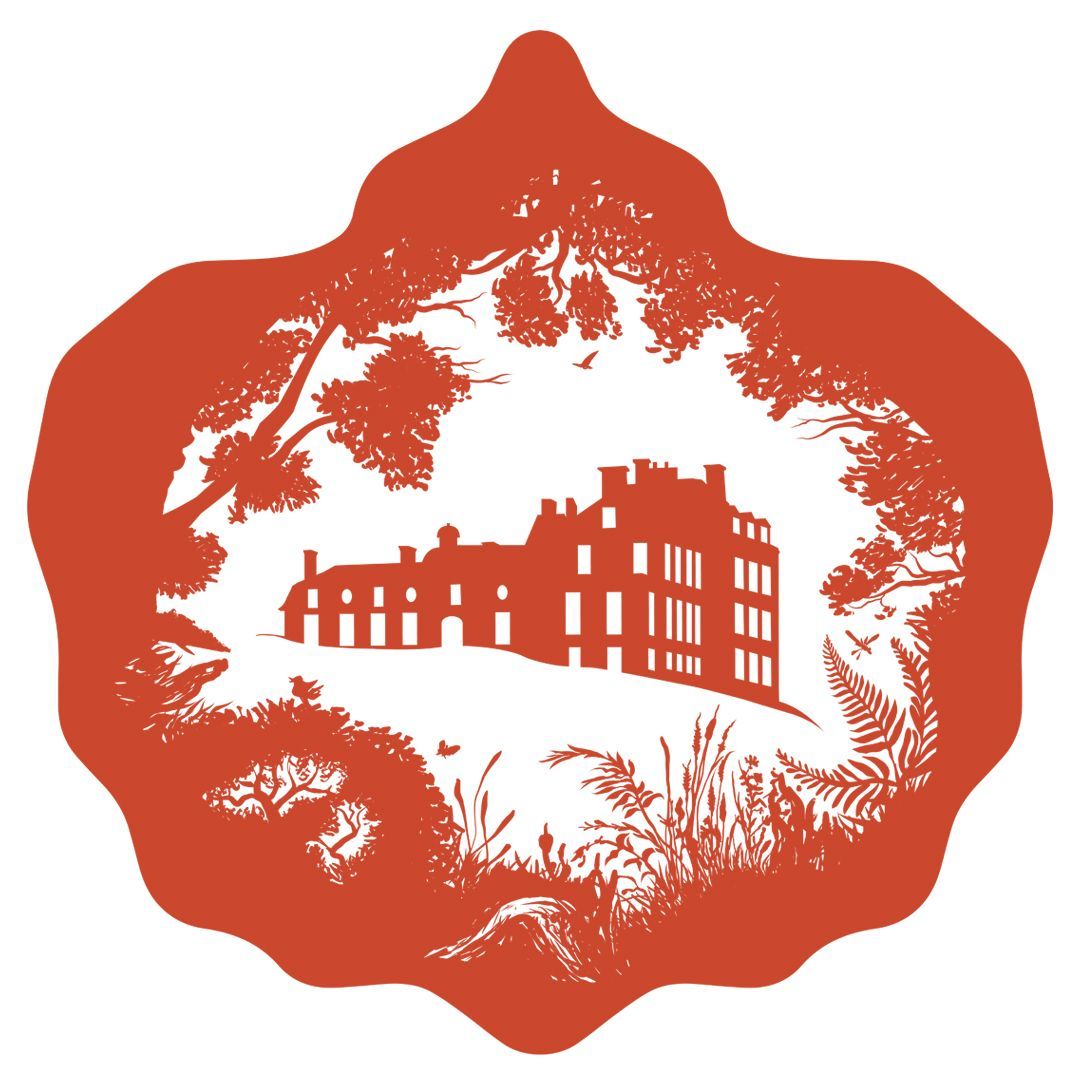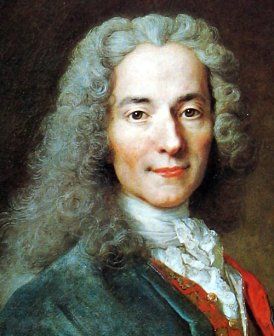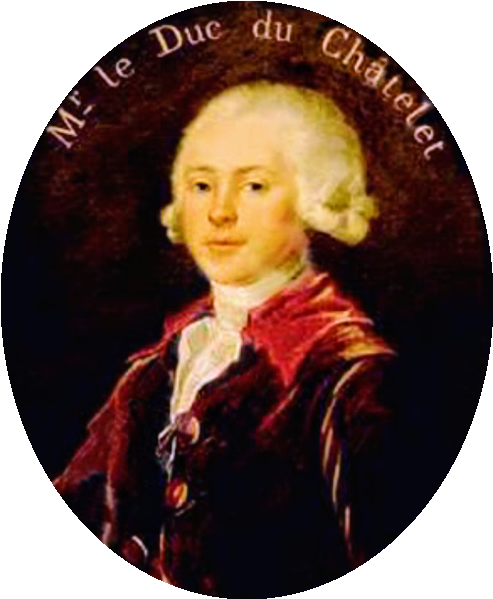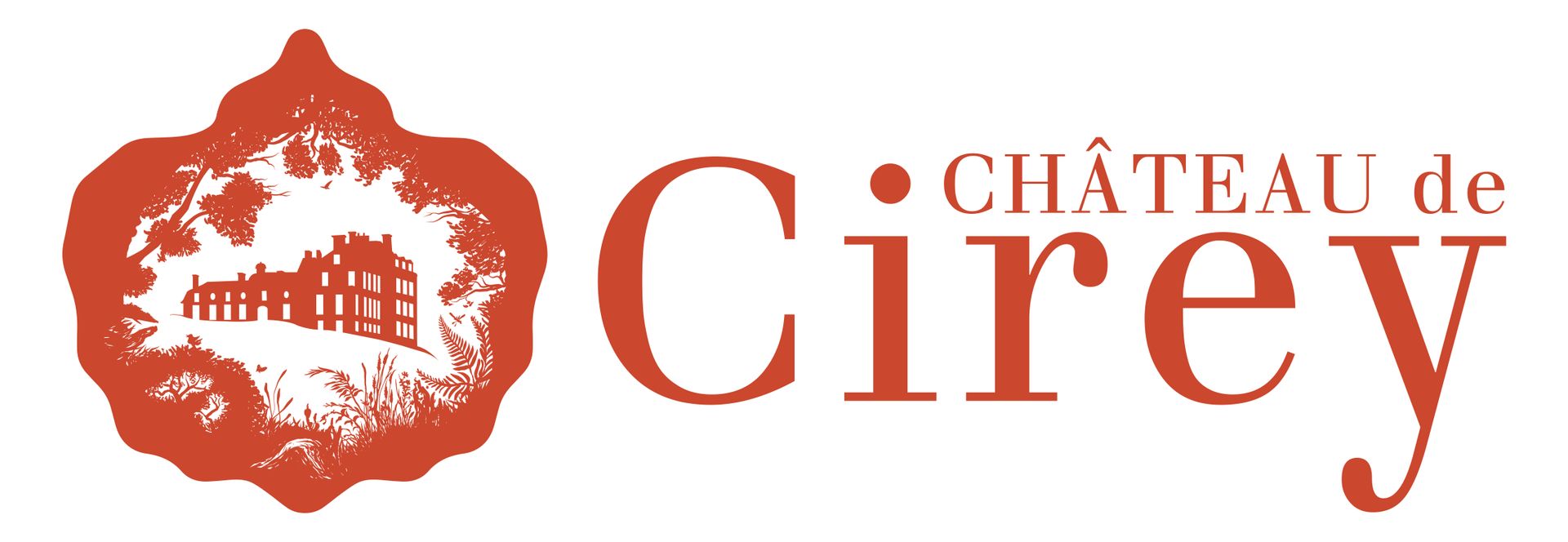The 18th Century
Cirey refuge in love and studiousness
of Voltaire and the Marquise du Châtelet
I turnedking
Emilie du Châtelet
Born in 1706 in Paris Emilie is the daughter of Louis Nicolas le Tonnelier, Baron de Breteuil, officer of the King's household under Louis XIV, introducer of ambassadors, and Gabrielle Anne de Froulay.
Very rare occurrence for a
A young woman at the time, Emilie received a high-quality education.
Passionate about arts and science, she developed real expertise in physics, astronomy, astrophysics and learned about mathematics. She is also passionate about dance, theater and singing. Emilie de Breteuil is endowed with remarkable intelligence and manages to be recognized and accepted in the exclusively male circle of scientists of her time.
In 1725, Emilie married Marquis Florent Claude du Châtelet and went to live in Semur-en-Auxois, where her husband was Governor. Later, she returned to live in Paris where she met Voltaire. Together, they settled at the Château de Cirey, the du Châtelet family property.
Voltaire at the Château de Cireyvshez Emilie
Emilie, a tragic destiny
If romantic passion gradually gives way to friendship, Voltaire and Emilie never leave each other. At 42, she became pregnant by her last lover, the poet Saint Lambert, and died as a result of childbirth.
In extremis, she managed to complete the translation of Newton's treatise and send it to the King's library. Voltaire will be responsible for finalizing its publication. Voltaire, very affected by this disappearance, then left the castle of Cirey, “his earthly paradise”.
Little Adélaïde, who was born from the love of Emilie and Saint Lambert although recognized by Monsieur du Châtelet and finally abandoned, died in the arms of her nurse in 1751.
Madame de Graffigny precious witness of life in Cirey
The sad end of the Châtelet family in Cirey
After the death of Emilie du Châtelet in 1749, her husband the Marquis carefully maintained the castle. When he in turn died in 1765, it was their son, Louis-Marie-Florent, Duke of Châtelet, who became master of Cirey.
In 1752, the Duke of Châtelet married Diane Adélaïde de Rochechouart. They have no children, but he and his wife maintain a quasi-filial relationship with their niece Diane Adélaïde de Damas, daughter of the Duchess's sister, whom they designate as heiress of Cirey.
The revolution precipitates events. The Duke and Duchess of Châtelet were guillotined in 1794.
Diane Adélaïde de Damas, who through her marriage became Countess of Simiane, inherits Cirey rather than expected. But the property is declared as national property and is sold in lots.
Then begins Adélaïde de Simiane's fight to retake Cirey.
To Madame du Châtelet
Voltaire
If you want me to love again,
Give me back the age of love;
In the twilight of my days
Join, if possible, the dawn.
Beautiful places where the god of wine
With Love holds its empire,
Time, which takes me by the hand,
Warns me that I am withdrawing.
Of his inflexible rigor
Let's at least get some benefit.
Who does not have the spirit of his age,
His age has all the misfortune.
Let's leave it to the beautiful youth
His playful outbursts.
We only experience two moments:
Let there be one for wisdom.
What ! forever you run away from me,
Tenderness, illusion, madness,
Gifts from heaven, which consoled me
The bitterness of life!
We die twice, I see it clearly:
Stop loving and being kind,
It is an unbearable death;
To stop living is nothing.
So I lamented the loss
Mistakes from my early years;
And my soul, open to desires,
Regretted his mistakes.
From the sky then deigning to descend,
Friendship came to my aid;
Perhaps she was also tender,
But less lively than the Loves.
Touched by her new beauty,
And with its light illuminated,
I followed her; but I cried
To no longer be able to follow her
François-Marie Arouet














